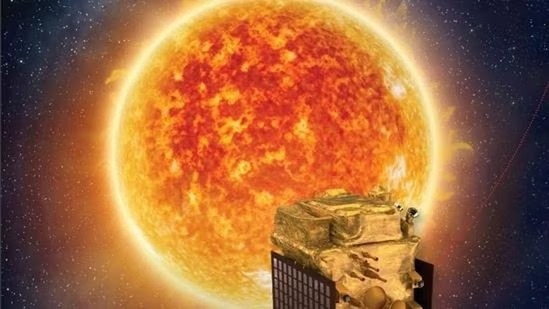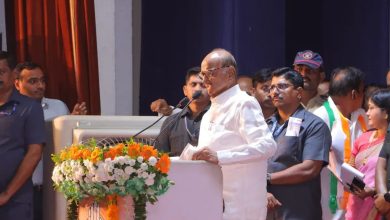Aditya-L1 mission: ISRO activates second instrument on solar spacecraft

According to ISRO, ASPEX comprises two instruments, ‘the Solar Wind Ion Spectrometer (SWIS) and SupraThermal and Energetic Particle Spectrometer (STEPS).
The Indian Space Research Organisation (ISRO) on Saturday said Aditya Solar Wind Particle Experiment (ASPEX) payload onboard India’s first solar satellite Aditya-L1, has commenced its operations and started working normally.
Sharing the post on X, the Indian space agency said, “The Solar Wind Ion Spectrometer (SWIS), the second instrument in the Aditya Solar wind Particle Experiment (ASPEX) payload is operational.”
According to the space agency, ASPEX comprises two instruments – the Solar Wind Ion Spectrometer (SWIS) and SupraThermal and Energetic Particle Spectrometer (STEPS). While the STEPS instrument started operating on September 10 while, the SWIS instrument was activated on November 2, 2023.
“SWIS, utilising two sensor units with a 360-degree field of view each, operates in planes perpendicular to one another. The instrument has successfully measured solar wind ions, primarily protons and alpha particles”, ISRO said in a statement.
The ISRO also shared a graph depicting the energy variations in proton (H+) and alpha particle (doubly ionized helium, He2) counts captured by SWIS over the past two days.
The variations were recorded with nominal integration time, providing a comprehensive snapshot of solar wind behaviour.
The space agency further said that the SWIS’ directional capabilities allow for accurate measurements of solar wind alphas and protons, which significantly aids in answering long-standing concerns regarding the characteristics of the solar wind, its underlying processes, and its effects on Earth.
“The change in the proton and alpha particle number ratio, as observed by SWIS, holds the potential to provide indirect information about the arrival of Coronal Mass Ejections (CMEs) at the Sun-Earth Lagrange Point L1,” ISRO further said.
The enhanced alpha-to-proton ratio is considered important because it is regarded as one of the most sensitive indicators of the passage of interplanetary coronal mass ejections (ICMEs) at the L1 and thus, considered crucial for space weather studies.
Aditya-L1, India’s first solar mission, was launched September 2 from the Satish Dhawan Space Centre (SDSC) in Andhra Pradesh’s Sriharikota. The mission aims to study the Sun from a halo orbit around first Sun-earth Lagrangian point (L1), which is located roughly 1.5 million km from Earth.





